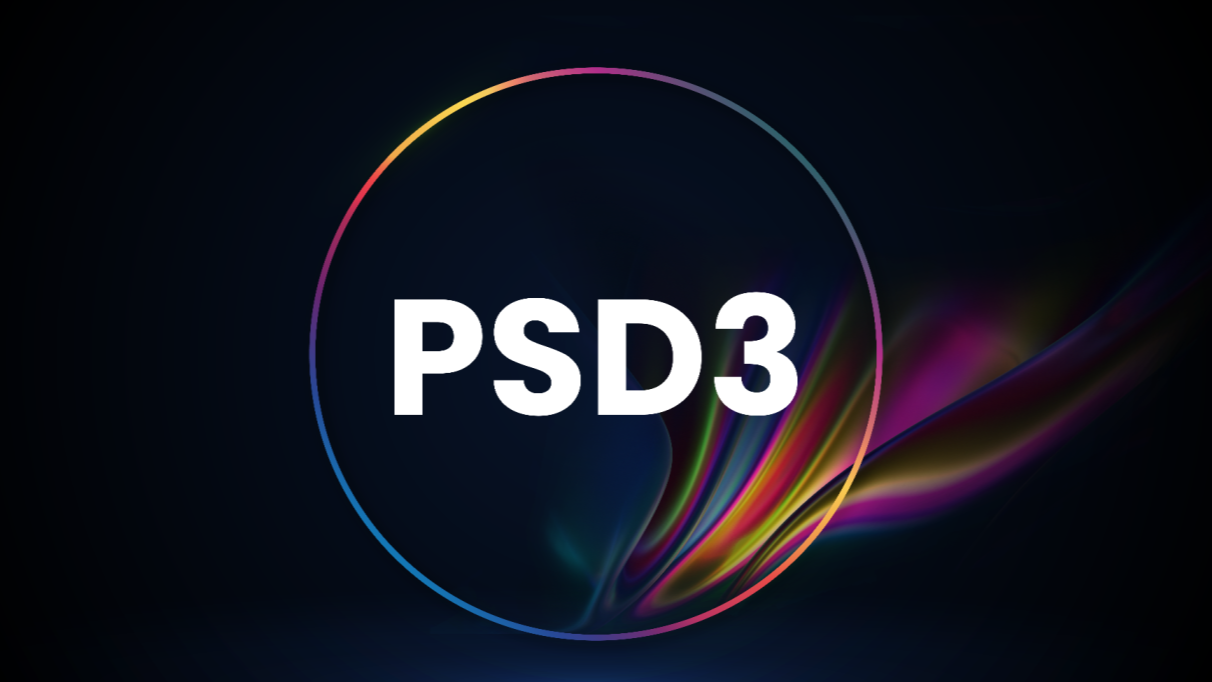Lack of competition and stagnant innovation led to PSD2 - and now PSD3
The PSD2 (Payment Services Directive 2) started as an initiative with the ultimate goal to enable an open payments ecosystem within Europe, allow innovation to thrive, while protecting customer data.
Since day one, it’s been a balancing act between protecting personal data, while still keeping up customer - and retail- demand for smoother mobile payments top of mind.
Why are PSD2 and PSD3 relevant for retailers?
Both are hugely important as they impact transaction fees and payment processes. With PSD3, there’s an opportunity for retailers to access the latest in mobile payments (that don’t depend on the plastic credit card), and in extension lower transaction fees with up to 70%, while at the same time enjoying reduced CO2e emissions.
As we look ahead to the updated EU retail payments strategy and PSD3 (Payment Services Directive 3), we’ll summarize the key highlights of PSD2, and share our thoughts on the draft proposals regarding PSD3 and PSR (Payment Services Regulation) that were published by The European Commission on 28th June 2023.
PSD2 - the beginning of a new payments era
PSD2 set out to enable standardized mobile payments across the EU, without any ties to the plastic credit card. Since its start, it hasn’t been just smooth sailing - financial institution compliance has been lagging, and many banks fell behind on their PSD2 deadline ( Finextra). Additionally, some banks have been, and are still, concerned about the need for new APIs to adhere to the regulations.
From our end, we think it’s safe to say that we haven’t seen as much yet as we’d hoped when PSD2 kicked off.
Still, there have been a few wins - PSD2 has enabled more openness in the banking industry, and laid the foundation for collaboration among banks and financial institutions across country borders.
Key highlights of PSD2:
Enabling easier mobile payments.
Reducing dependence on card / cash.
Focusing on SCA (Strong Customer Authentication) - reducing fraud.
Allowing consumers to easier consent to data sharing with 3rd parties..
..to create opportunities for new payment providers to enter the market.
As a payment and retail software provider, we urge the banking industry to:
Harmonize API architecture across country borders.
Enable openness with third party providers.
Create standardized integrations to enable for example Focalpay’s Pay by Bank (A2A payments).
Harmonize identification/authorization.
As the world of European payments continues to evolve, we're thrilled about the PSD3, as it takes open banking one step further, addressing current important topics and providing more support for companies like Focalpay.
What will PSD3 and PSR include?
PSD2 and PSR is the continuation of the PSD framework that regulates electronic payments and the European/EEA market area banking system. As we get ready for PSD3, it's important to review its potential impact, and make relevant strategies to stay one step ahead. Below we’ll summarize PSD3 with the goal to help you get an idea of what’s to come.
On 28 June 2023, the European Commission published several draft proposals on the PSD3 and PSR ( Dentons).
PSD3 and PSR?
PSD3 is the EU Directive - providing the rules for payments. PSD3 needs to be put into practice in national laws of EU member states.
PSR is an EU regulation and will apply to all EU member states, so no need for each nation to write these regulations into national laws.
PSD3 and PSR key objectives
Aims to expand open banking’s reach to the entire European Union, to guarantee that the framework is flexible and adaptable to the ever-changing consumer demands and legislation.
Focuses heavily on API standardization, to enable secure, seamless collaboration across countries and institutions.
Has a key goal to fight fraud and provide safe and smooth payments - KYC (Know Your Customer) and SCA are still in focus, together with other customer-centric technical measures.
Attempts to enable easier access to data and smoother integration for Open Banking (OB) service providers, such as Focalpay.
Aims to enable an open market and competition for non-bank service providers, both nationally and internationally.
From the published proposals, it's clear that PSD3 will focus on developing the European payments landscape further and work across national borders.
When will this be reality?
No deadline or “go live” date has been set yet, but it’s not likely to happen within 2023, 2024 or even 2025 - even if we’re hoping for it. If PSD2 is any indication, it can take up to five years. The first step is for the European Parliament and Council to review, edit and finally approve the draft proposals. Once the documentation is good to go, the PSR regulations have a transitional period. For PSD3, a deadline will be set for when each country has to have implemented the regulations.
For businesses, there are different sources quoting two to four years from the time PSD3 becomes law, for EU businesses to comply fully.
To stay ahead of the curve, banks, financial institutions, and payment processors are advised to start exploring ways to adapt their systems as soon as PSD3 clears all necessary legislative procedures within the member countries.
Our thoughts on PSD3 and PSR?
The draft proposals look great - the main thing is to push ahead and make the regulations a reality.
If that happens, the future of payments can be shaped by innovative providers, rather than legacy systems. We think PSD3 could fix a lot of issues for us, and similar providers out there, as long as we get the banks and larger financial institutions with us on the journey.
Those who embrace innovation and collaborate with progressive software, like our cloud-native commerce platform, will be better equipped to navigate market changes and adapt to new directions. At Focalpay, we're excited about the possibilities that lie ahead in payments.
Do you want to know more about PSD3 and how it will affect your business? Get in touch with our payment experts for a free consultation.


